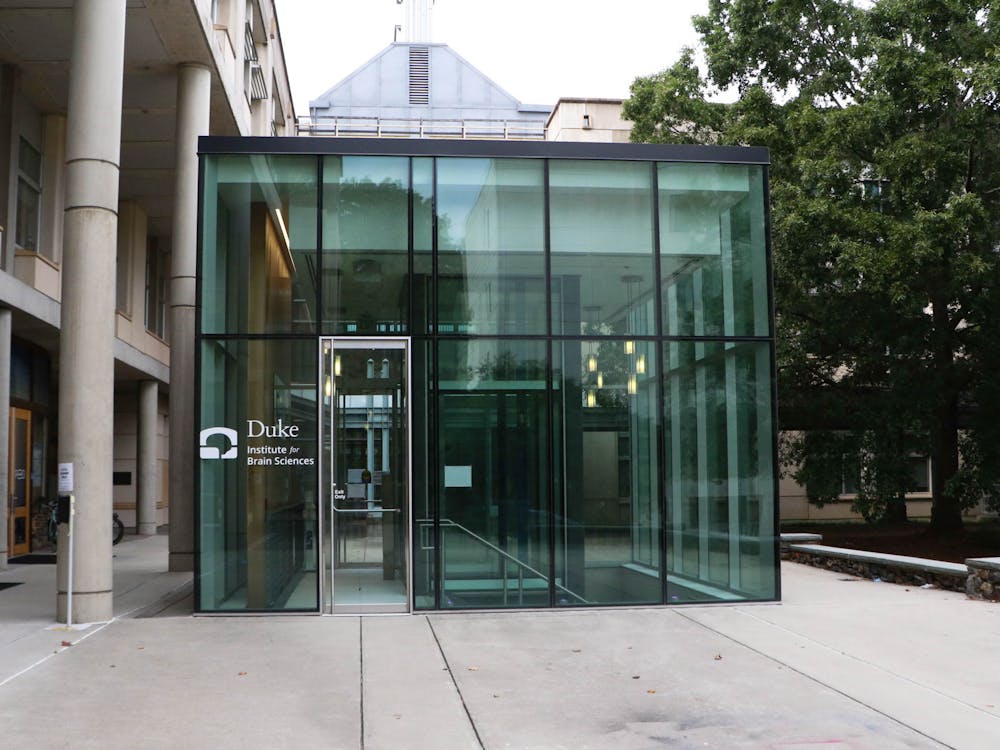Detecting autism as quickly as possible can be hugely consequential in the lives of those who are affected by Autism Spectrum Disorder. So how do we do it?
The Duke Center for Autism and Brain Development was recently awarded a $12 million federal grant to fund research for detecting autism during infancy using artificial intelligence. The funding, which comes from the National Institute of Child Health and Early Development, will continue the Autism Center’s research program for five more years.
“It's very important that we detect autism as early as possible, because we know that providing behavioral intervention can make a big difference in kids’ outcome,” said Geraldine Dawson, director of the Autism Center. Dawson leads the project’s research team.
The $12 million grant will fund a three-part research program. All three of the projects have the same goal of creating more reliable tools to diagnose ASD with.
The first project, led by Dawson and Guillermo Sapiro, James B. Duke distinguished professor of electrical and computer engineering, uses a mobile app to detect autism.
“The app displays on the device a series of strategically designed movies. These are brief, engaging movies and the infant or toddler sits on their parents’ lap and watches these movies,” Dawson said.
“We're very interested in how the child is responding. What are they looking at? Are they vocalizing? Do they smile in response to different parts of the movies?” Dawson said. “Then our engineering team is able to use computer vision analysis to automatically code facial expressions and vocalizations and body movements and attention.”
Juan Matias Di Martino, assistant research professor of electrical and computer engineering, explained that though other forms of medicine have easy diagnosis methods — like getting a flu test — psychiatric disorders lack a similar test with reliable evidence to back it up.
“My long term vision is to start to develop tools that allow us to help people in psychiatry to have more tentative tests that they can run,” said Di Martino.
The second project, led by Benjamin Goldstein, associate professor of biostatistics and bioinformatics, and Gary Maslow, associate professor of psychiatry and behavioral sciences, examines the defining characteristics of autism in infants provided by medical professionals and insurance claims.
This project aims to use artificial intelligence to analyze 260,000 health insurance claims, including that of 6,000 infants who have been diagnosed with autism. Data will be put through an algorithm to detect the commonalities between the diagnoses, which will be used to help healthcare providers screen for autism.
Dawson described the third project as “using AI to look at patterns of electrical brain activity, which we can measure using EEG [electroencephalography] to define an autism EEG signature or biomarker that would be specific to autism.” This project is spearheaded by Kimberly Carpenter, assistant professor in psychiatry and behavioral sciences, and David Carlson, assistant professor of civil and environmental engineering.
Get The Chronicle straight to your inbox
Sign up for our weekly newsletter. Cancel at any time.

